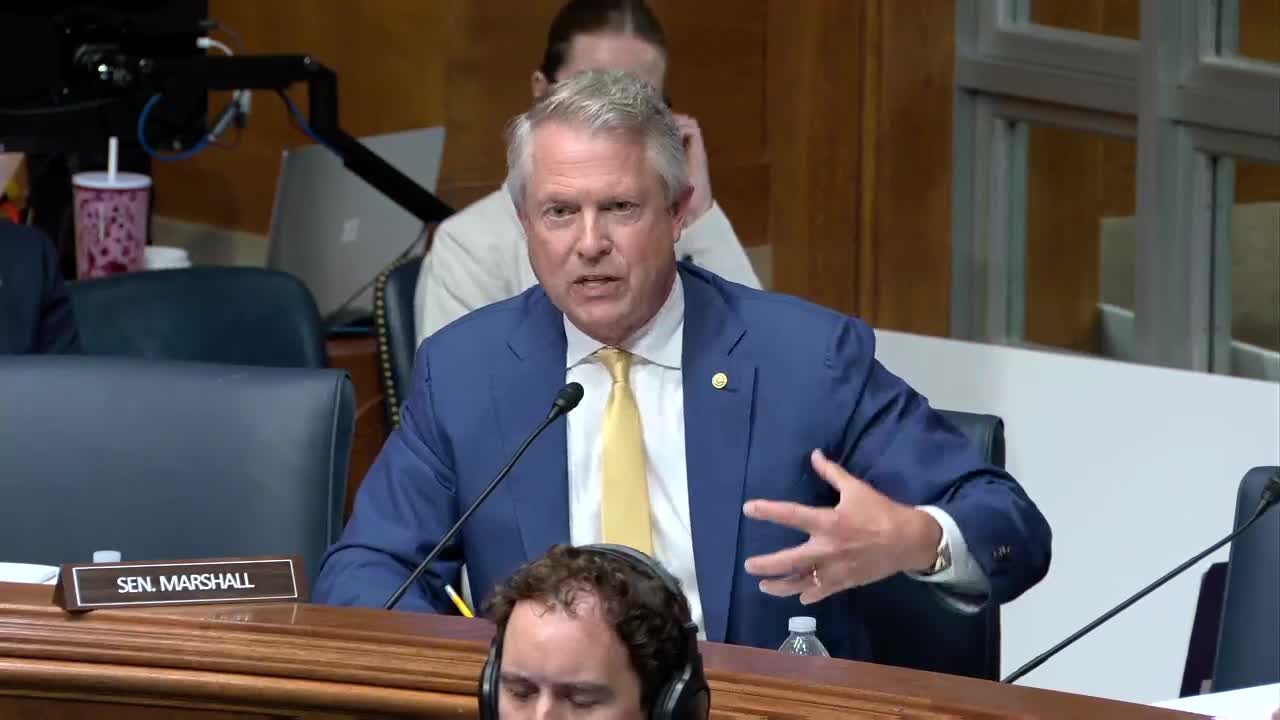Legislation Aims to Price Transparency in Health Care Costs
July 31, 2025 | Health, Education, Labor, and Pensions: Senate Committee, Standing Committees - House & Senate, Congressional Hearings Compilation
This article was created by AI summarizing key points discussed. AI makes mistakes, so for full details and context, please refer to the video of the full meeting. Please report any errors so we can fix them. Report an error »

In a recent meeting of the U.S. Senate Committee on Health, Education, Labor, and Pensions, lawmakers discussed critical strategies aimed at making health care more affordable and empowering patients through increased transparency. The focus of the discussions centered on the need for clear pricing in health care services, a concept that has been largely absent in the industry.
One of the key proposals highlighted during the meeting was the introduction of price tags for health care services. A committee member emphasized that just as consumers check prices for everyday purchases, patients should have access to the costs of medical procedures. This transparency could significantly influence consumer choices, particularly in cases like hip replacements, where costs can vary dramatically—from $10,000 at one facility to $50,000 at another. The discussion underscored that if patients were informed about these price differences, they would likely opt for more affordable options, potentially leading to substantial savings on health insurance premiums for self-insured employers.
The potential impact of this pricing transparency was further explored by Miss Deacon, who noted that if consumers could evaluate both quality and cost, it could drive down overall health care expenses. She suggested that informed decision-making could lead to reductions in health insurance costs by as much as 30 to 40%. This assertion was supported by evidence from employers who have already experienced significant savings through similar initiatives.
Another critical aspect of the proposed legislation is ensuring that group health care plans have access to their own claims data. Doctor Ippolito pointed out the absurdity of self-insured plans lacking access to their own data, which is essential for making informed decisions about future health care services. He argued that having this information is a fundamental requirement for employers to effectively manage their health care plans.
The committee members unanimously agreed on the importance of price transparency in health care, with no dissenting opinions expressed during the discussion. This consensus reflects a growing recognition of the need for reform in the health care system to enhance consumer empowerment and reduce costs.
As the committee continues to explore these proposals, the implications for patients and employers alike could be profound. The push for clearer pricing and access to claims data represents a significant step toward a more transparent and cost-effective health care system, with the potential to reshape how consumers engage with their health care choices in the future.
One of the key proposals highlighted during the meeting was the introduction of price tags for health care services. A committee member emphasized that just as consumers check prices for everyday purchases, patients should have access to the costs of medical procedures. This transparency could significantly influence consumer choices, particularly in cases like hip replacements, where costs can vary dramatically—from $10,000 at one facility to $50,000 at another. The discussion underscored that if patients were informed about these price differences, they would likely opt for more affordable options, potentially leading to substantial savings on health insurance premiums for self-insured employers.
The potential impact of this pricing transparency was further explored by Miss Deacon, who noted that if consumers could evaluate both quality and cost, it could drive down overall health care expenses. She suggested that informed decision-making could lead to reductions in health insurance costs by as much as 30 to 40%. This assertion was supported by evidence from employers who have already experienced significant savings through similar initiatives.
Another critical aspect of the proposed legislation is ensuring that group health care plans have access to their own claims data. Doctor Ippolito pointed out the absurdity of self-insured plans lacking access to their own data, which is essential for making informed decisions about future health care services. He argued that having this information is a fundamental requirement for employers to effectively manage their health care plans.
The committee members unanimously agreed on the importance of price transparency in health care, with no dissenting opinions expressed during the discussion. This consensus reflects a growing recognition of the need for reform in the health care system to enhance consumer empowerment and reduce costs.
As the committee continues to explore these proposals, the implications for patients and employers alike could be profound. The push for clearer pricing and access to claims data represents a significant step toward a more transparent and cost-effective health care system, with the potential to reshape how consumers engage with their health care choices in the future.
View full meeting
This article is based on a recent meeting—watch the full video and explore the complete transcript for deeper insights into the discussion.
View full meeting